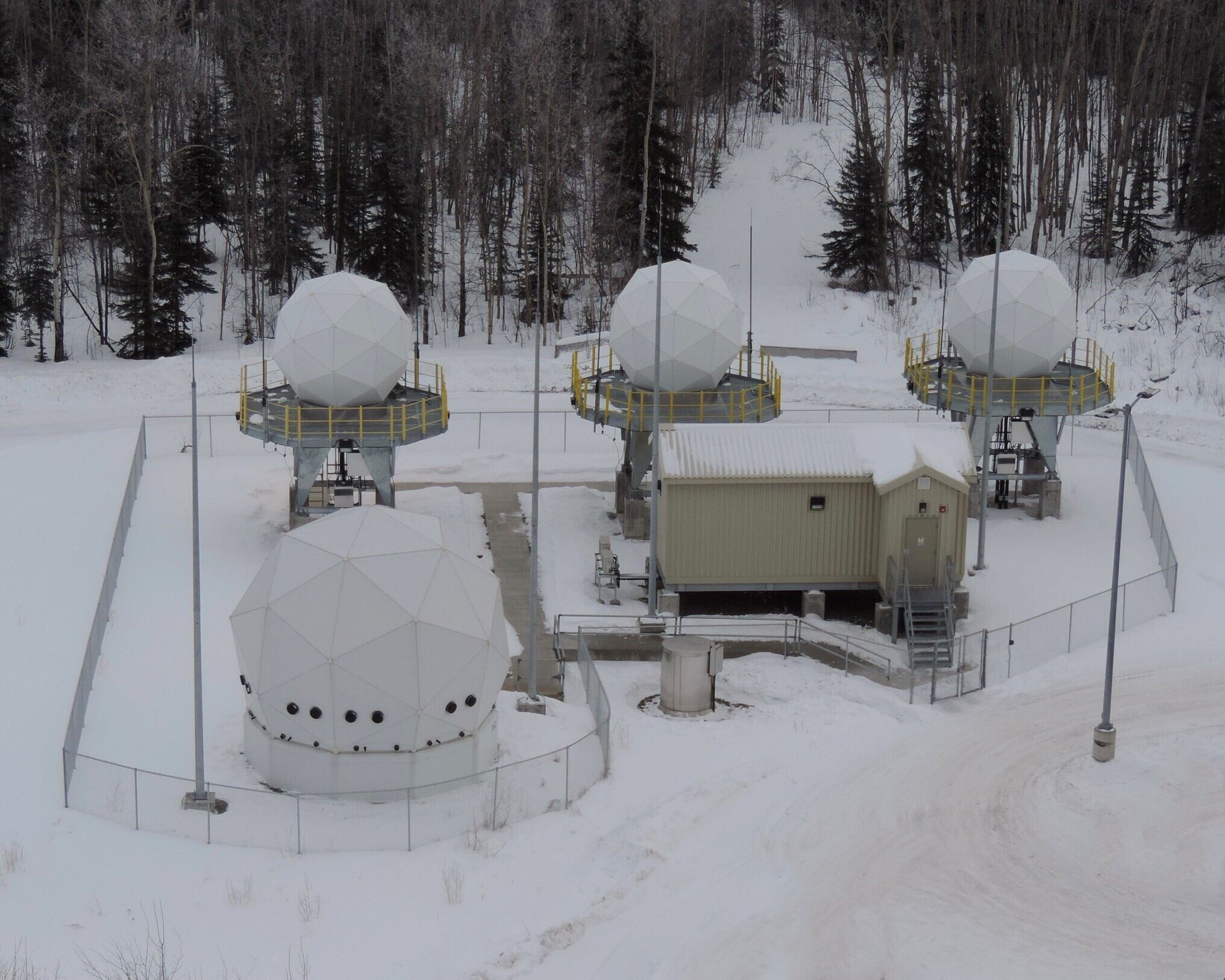The military wants to experiment with commercial satellites from OneWeb and SpaceX’s Starlink mega-constellations to keep war fighters connected in the Arctic, but it will need extra funding to do so.
Those companies aim to provide internet access via proliferated constellations made up of thousands of small satellites in low earth orbit. The military has been keen on leveraging this growing commercial capability, and the Air Force has awarded contracts to test how the satellite broadband service can be used by war fighters.
RELATED

Now the commander of the United States Northern Command and the North American Aerospace Defense Command is expressing interest in using these commercial space internet services to provide communications in the polar regions, where satellite communications have traditionally been more limited. Gen. Thomas O’Shaughnessy is seeking $130 million for the effort, which he has listed as his number one unfunded priority for fiscal year 2021.
In a Feb. 11 letter to Congressional defense committees, O’Shaughnessy explained the money will be used for polar communications experiments and the fielding of prototype terminals capable of utilizing Starlink and OneWeb satellites. Additionally, the commander expressed hope that these experiments will incentivize further commercial investments in satellite communications and internet in the Arctic.
Full coverage will require an additional $110 million in fiscal year 2022, the document notes.
OneWeb leaders have said they expect to have 24 hour coverage in the Arctic by early 2021.
The request for polar communications funding was one of four unfunded priorities the commander sent to Congress. That funding is “focused on my most pressing needs of increasing our domain awareness and establishing a layered homeland defense architecture.”
The full list includes $20 million for a sentry radar, $5 million for Persistent Elevated Intelligence, Surveillance and Reconnaissance and $31 million for the COBRA Dane Service Life Extension Program.
Sentry radars are capable of mid-range detection, tracking and positive identification of low radar cross-section targets, including cruise missiles and drones, and the commander wants it to provide point defense of critical infrastructure and force deployment areas. Meanwhile, the $5 million for Persistent Elevated ISR will be used to develop and prototype a radar capability for point defense locations within the continental United States.
COBRA Dane is a phased array radar based in Alaska that was initially deployed in 1977. The radar has since been updated and integrated into the Ballistic Missile Defense System, although it continues to provide intelligence and space situational awareness. Due to delays in bringing replacement radars in Hawaii and the Pacific online, COBRA Dane will need to continue operations past the end of its expected service life in 2030. The commander is seeking $31 million to replace the transmitter group, travelling wave tubes and a mainframe computer.
Nathan Strout covers space, unmanned and intelligence systems for C4ISRNET.
Joe Gould was the senior Pentagon reporter for Defense News, covering the intersection of national security policy, politics and the defense industry. He had previously served as Congress reporter.








